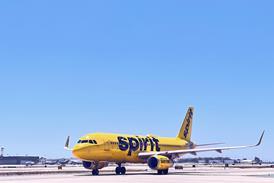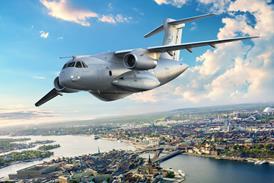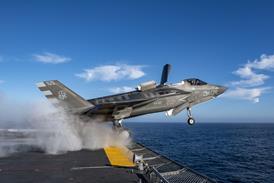Airline fatal accident numbers declined last year to 27 – equalling the lowest annual figure for 10 years despite traffic growth -Flight International's annual aviation safety review to be published next week reveals.
The previous year’s figure of 34 fatal accidents now shows as a small upward spike in the graph for the decade, so 2006 has confirmed the overall safety improvement trend for the past ten years. Only seven of the fatal accidents last year involved passenger jet operations.
Total crew and passenger fatalities in the past 12 months, at 863, were below the annual average for the decade (917). That may sound good compared with 2005’s total of 1,050, but the fatalities figure has been lower in four of the years between 1997 and 2004 (inclusive), the smallest number being 466 in 2004.
At least five, and possibly seven, of the fatal accidents were controlled flight into terrain (CFIT). The final verdict will depend on facts yet to be determined by the investigations. None of the aircraft involved were fitted with terrain awareness warning systems (TAWS). The previous year there were seven fatal CFIT accidents.
Despite remaining challenges, the International Air Transport Association’s director of programmes implementation Mike O’Brien has recently pointed out that, at 1 December, last year looked set to be the safest year ever with a global average rate of 0.65 hull losses per million sectors and an IATA member carrier hull-loss rate of 0.29 for the same period. Between 1 December and the year-end there has been one jet hull loss, but no fatal accidents, so the overall verdict for 2006 remains good.
A full analysis of global airline safety, a detailed list of accidents and incidents, and a summary of the main safety-related issues that arose during 2006 will be available in Flight International magazine 9-15 January. Or click here to read the 2005 aviation safety review.
Source: FlightGlobal.com























